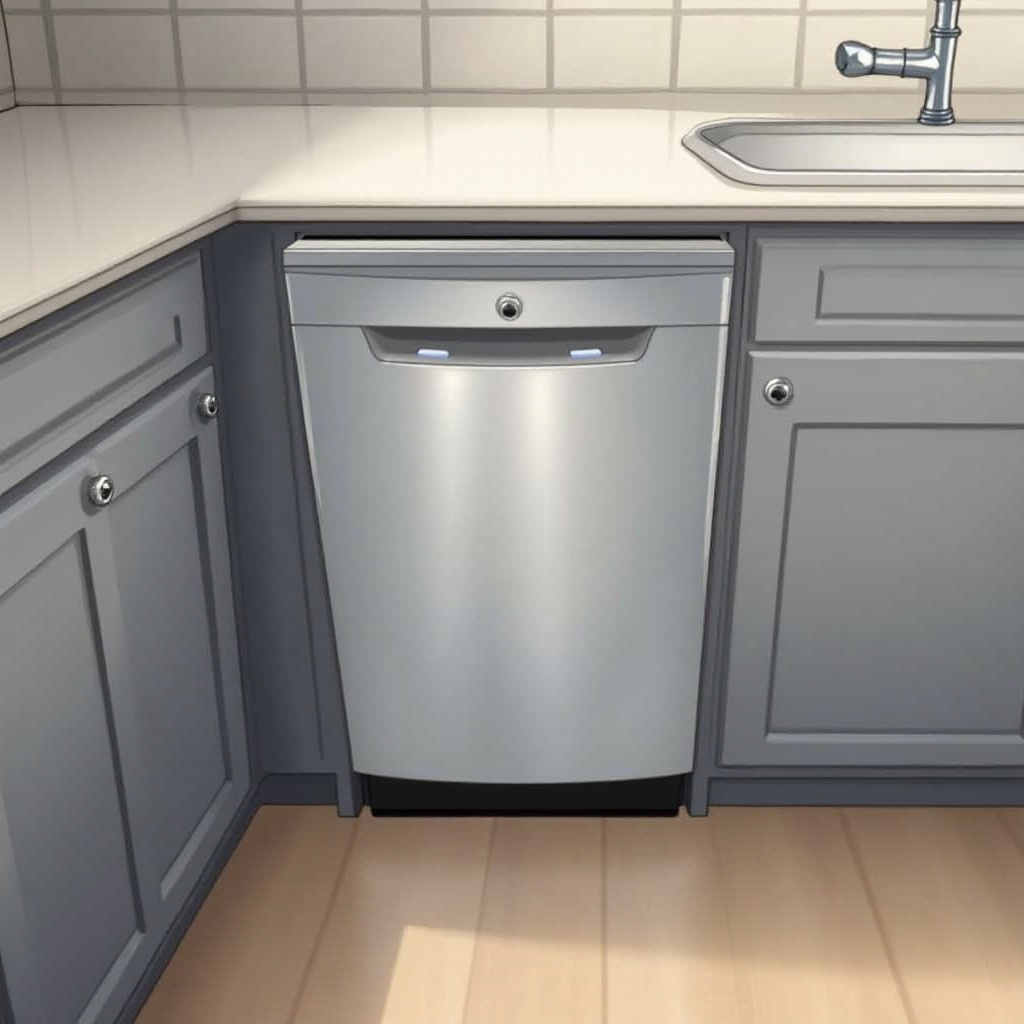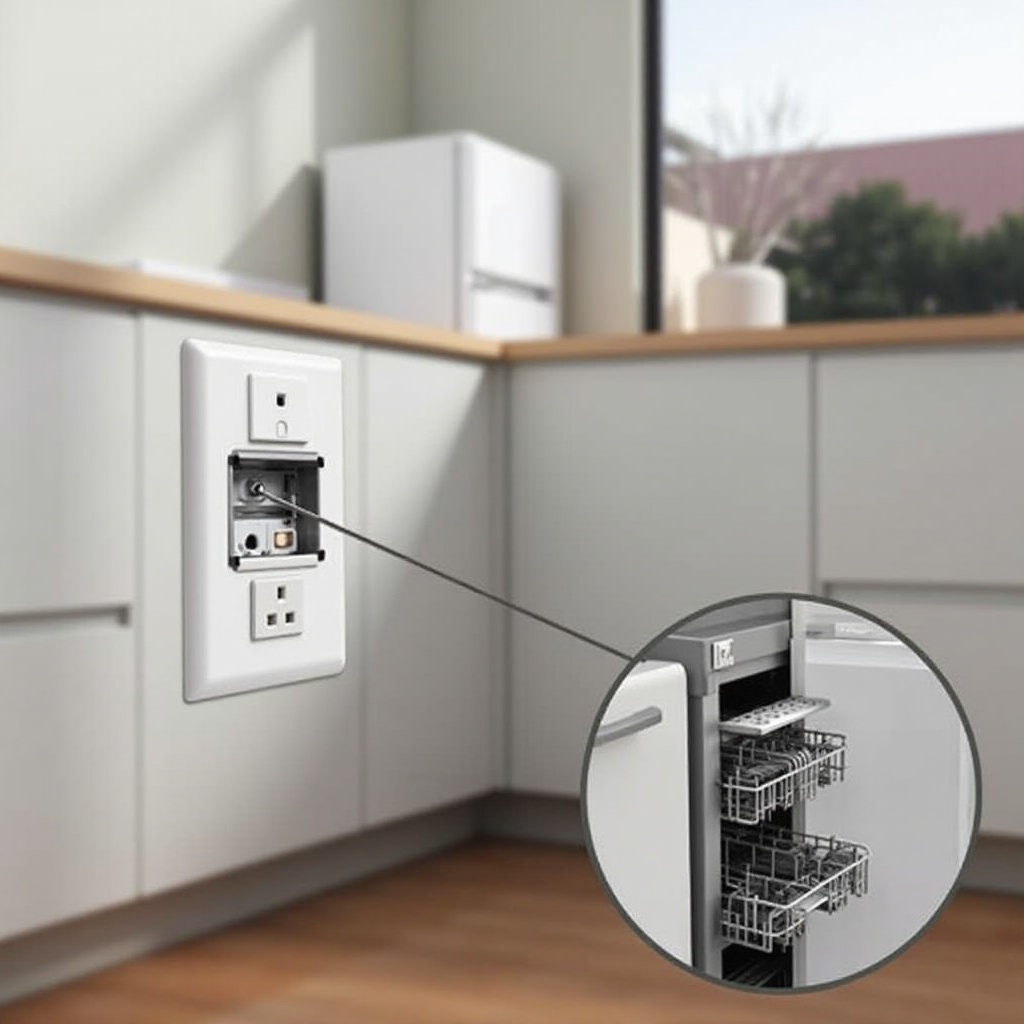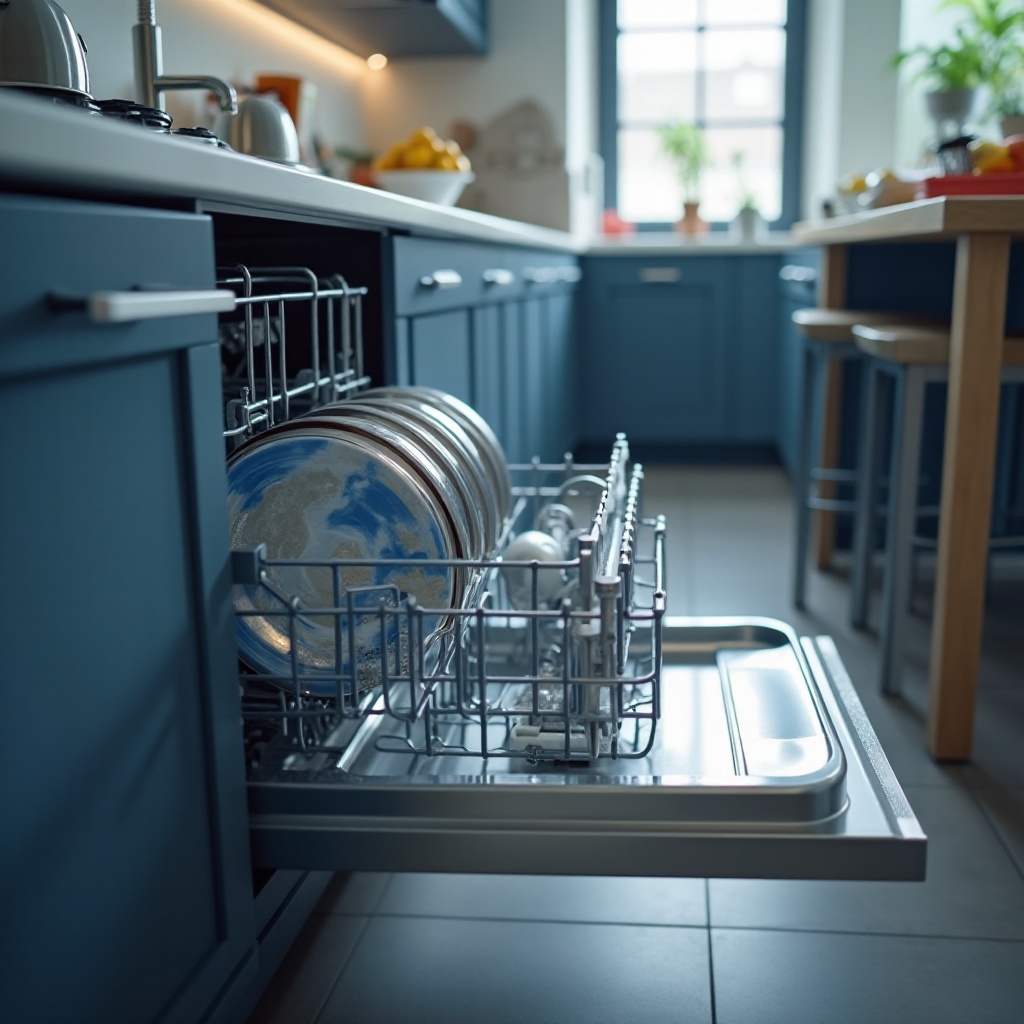Introduction
Installing a dishwasher can seem daunting when understanding the electrical aspects. Knowing where your dishwasher plug goes is crucial to ensure both functionality and safety. This guide will walk you through the essentials of positioning and plugging in your dishwasher, covering everything from assessing your kitchen layout to maintaining your appliance for long-term use.

Understanding Your Kitchen Layout
The kitchen's layout plays a significant role in determining the location of your dishwasher's plug. Initially, assess the space for proximity to existing electrical outlets.
- Assessing Space and Proximity: Choose a location near your sink and plumbing connections, as the dishwasher needs access to water and drainage systems. Consider the proximity to electrical outlets to ensure that there is enough space for comfortably using and opening the dishwasher.
- Identifying Existing Electrical Outlets: Once a spot is selected, verify the availability of electrical outlets. The outlet should be easily accessible and compatible with the dishwasher's power requirements, aiding in planning any necessary modifications.
With the layout assessed, the next focus is on understanding your dishwasher's electrical requirements.
Electrical Requirements for Dishwashers
Every dishwasher comes with specific electrical needs you must consider before installation.
- Standard Voltage and Power Needs: Dishwashers typically require a standard 120-volt electrical outlet and a grounded plug. Most appliances adhere to these standards for safety and efficiency. Familiarize yourself with the manufacturer’s guidelines to avoid mishaps.
- Importance of a Dedicated Circuit: It's essential your dishwasher is connected to a dedicated circuit, which should not share power with other appliances. An overload can trip your circuit breaker or lead to potential electrical hazards.
With the electricity logistics understood, let's delve into finding and accessing the right spot for plugging in the dishwasher.

Finding and Accessing the Plug
Locating and preparing the outlet for your dishwasher plug is crucial.
- Locating the Dishwasher Plug: The dishwasher’s power cord usually runs from the back. Ensure it's long enough to reach the outlet without straining. Your chosen spot should not obstruct other appliances or interfere with their functionality.
- Using Extension Cords Safely (if applicable): If the power cord cannot directly reach an outlet, consider using an appropriately rated extension cord. Opt for heavy-duty cords with GFCI protection to ensure safety and compliance with electrical standards.
With access outlined, let’s discuss how to securely and effectively install your dishwasher.
The Installation Process
Equipped with knowledge of your kitchen’s layout and electrical needs, the installation can proceed securely and efficiently.
1. Step-by-Step Plugging Guide:
- Position your dishwasher next to the designated spot.
- Connect the water supply and drainage hose.
- Plug the dishwasher’s power cord into the dedicated electrical outlet.
- Secure the dishwasher in place to avoid movement or disconnection.
2. Securing and Hiding Cables: Ensure cables are tucked away from moving parts or heat sources. Use cable clips or guides for neat organization, enhancing both safety and aesthetics.
After installation, implementing specific safety measures and best practices is crucial.
Safety Tips and Best Practices
Ensuring a safe installation of your dishwasher is essential to avoid electrical hazards and improve longevity.
- Avoiding Common Installation Mistakes: A poorly secured dishwasher can lead to leaks, circuit overloads, or other electrical issues. Adhere strictly to manufacturer guidelines to avoid these problems.
- Signs You Need Professional Help: If you're unsure or uncomfortable, hire an electrician or professional installer. Warning signals such as burning smells, faulty operation, or repeated tripping of the circuit breaker require immediate professional intervention.
Regular inspection and maintenance can keep your fears at bay. Let’s explore more on maintaining your appliance.
Maintenance and Inspections
Routine checks can save money and extend the lifespan of your dishwasher. Here are maintenance tips:
- Regular Electrical Checks: Periodically inspect the condition of the plug and outlet. Visible wear and tear may require professional attention to prevent hazards.
- Handling Wear and Failure: Look for signs such as frayed cords or loose outlets. Early replacement and repair are essential for safety and functionality.
Your dishwasher is now up and running correctly. Let’s recap the key points.

Conclusion
Correctly positioning and plugging in a dishwasher ensures smooth operation and enhances kitchen safety. By understanding the layout, knowing the electrical requirements, and following installation and safety practices, you transform what often feels overwhelming into a manageable task.
Frequently Asked Questions
What should I do if my dishwasher doesn't reach the outlet?
Consider using a heavy-duty extension cord with the right specifications or rearrange your kitchen layout slightly for better access.
Can I install a dishwasher plug myself, or do I need a professional?
While DIY installation is possible with the right tools and instructions, hiring a professional can prevent potential hazards.
What type of outlet is best for a dishwasher?
A 120-volt outlet with GFCI protection and a dedicated circuit is recommended for dishwasher installations.
